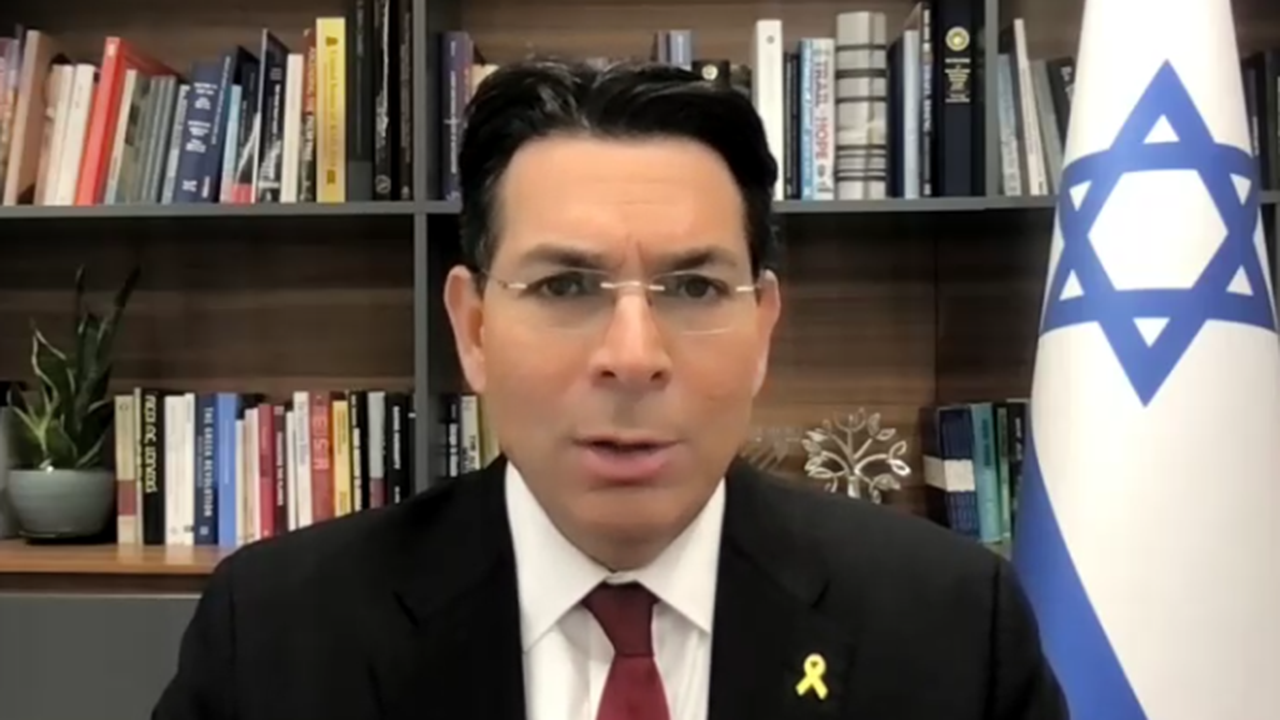Sinéad O’Connor lived her life poised between tradition and rebellion. Ireland’s farewell to her embraced both.
In keeping with an old custom, her coffin was first carried past her last family home in Ireland, in Bray, County Wicklow.
But many of those who gathered, or who left her tributes, brought a spirit more in keeping with her life as a rebel who took on the establishment — most notably the Roman Catholic Church — and who spoke up for the oppressed. Among the signs left in front of her family home was one that read “BLACK LIVES MATTER,” “GAY PRIDE” and “REFUGEES WELCOME.”
At noon, the cortege reached Ms. O’Connor’s former home on Bray’s seaside promenade. The crowd broke into prolonged applause, with some raising fists in salute. Many were in tears. Then, as the police held the crowd back, the hearse, filled with flowers, was driven to her private funeral, followed by vehicles carrying family members and close friends.
Earlier, as thousands of people were waiting for the funeral procession to arrive, a classic Volkswagen van draped in rainbow and Rastafarian flags had played a selection of her music from speakers. The playlist mixed her rock and pop hits with her renditions of Irish traditional ballads, including “The Foggy Dew.”
Ms. O’Connor, who was found dead in her London apartment last month, converted to Islam in 2018, and she received a Muslim burial on Tuesday. While the family wished to keep the funeral private, they invited the public to come to Bray for a last farewell.
Some of those lining the streets — suddenly sunny after days of gray skies — were avid music fans. Others were activists, and there were also abuse survivors who had drawn strength from Ms. O’Connor’s openness about her own experience of childhood trauma. Dave Sharp, who said he had spent years in care homes and been the victim of abuse, traveled to Bray from Glasgow on Monday.
“We didn’t have much notice but I’d promised myself that I’d be there for her,” he said. “Sinéad O’Connor is one of the bravest women I’ve ever known of. She not only put her life and career on the line, but she was ahead of her time.”
Veronica Kelly, a social worker, had caught a bus at 2 a.m. from the town of Carrick-on-Shannon. “I couldn’t believe it when she died. I still don’t want to believe it,” she said. “She was my first album and the first concert I ever went to. She really spoke to me.” Ms Kelly, who works with refugees, said the singer had used her profile “to help those who needed it.”
The funeral was led by Sheikh Umar Al-Qadri, an Islamic scholar and the chief imam at the Islamic Center of Ireland. In his eulogy, which he posted online after the ceremony, he spoke of how Ms. O’Connor’s voice could reduce listeners to tears, citing her a cappella version of “Danny Boy,” but added that her music carried an undertone of hope that brought solace to many.
He also pointed to her faith. “Sinéad suffered more than her share of hardship and adversity, especially in her formative years, much of it from adults and institutions she revered, and yet she displayed an unflinching and resolute faith in the divine,” he said.
The president of Ireland, Michael D. Higgins, attended the funeral with his wife, Sabrina. In a statement on Tuesday morning, he described the “profound impact” that Ms. O’Connor had had on the Irish people. Speaking of her “immense heroism” and the pain it caused her, he added: “That is why all those who are seeking to make a fist of their life, combining its different dimensions in their own way, can feel so free to express their grief at her loss.”
In recent days, among a rolling wave of tributes, a creative agency temporarily augmented a World War II territorial marker on nearby Bray Head to celebrate the singer. Where once it said “Eire” — Irish for Ireland — to warn belligerent aircraft that they were approaching neutral Irish territory, the giant sign now says “Eire 🤍 Sinéad.”
Passionate and often controversial, Ms. O’Connor had slowly become, in the eyes of many, a national treasure, a woman who spoke up for the weak and oppressed, and who took an early stand against the abuses of the Catholic Church in Ireland and elsewhere.
Her public struggles with mental health inspired protective feelings in fans and supporters, and added to the grief at news of her untimely death at age 56. Although an autopsy has been completed in London, no cause of death has yet been given.
Over the weekend, performers and crowds came together at summer music festivals around the island to sing some of the musician’s most beloved songs, such as “Mandinka,” and “Black Boys on Mopeds.”
The week before, the crowd fell silent, then applauded, at Ireland’s biggest sporting occasion, the inter-county Gaelic football final in Dublin’s 80,000-capacity Croke Park, as the big screens played the famous video of her version of “Nothing Compares 2 U.”
Even the church, famously the target of her anger, has paid respects. Speaking last week, before the annual ancient pilgrimage to climb Croagh Patrick in the west of Ireland, the Catholic primate of Ireland, Archbishop Eamon Martin, said he had heard many stories about her kindness.
“Clearly her own trauma and her own personal experiences made her a very compassionate person who reached out to the marginalized — she had real empathy,” he said. “God rest her troubled soul.”





